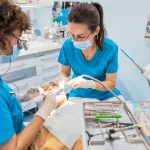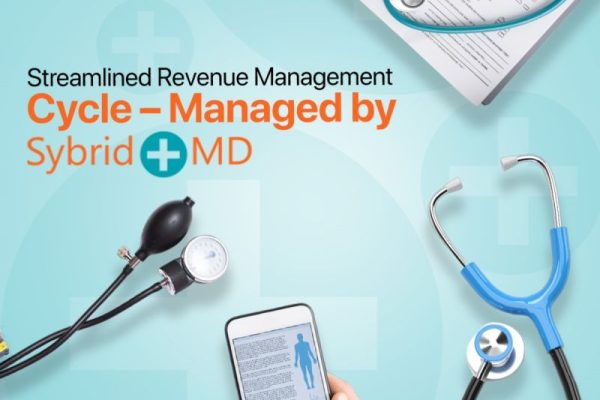There are many people who have come across the term Bypass Surgery but do not know what exactly is CABG or TECAB and why it is held significant in today’s medical science. If the arteries in the body are not in a position to supply sufficient amount of blood o the heart, then the specialist is likely to recommend the patient to undergo heart bypass minimally invasive CABG in India.
About CABG
CABG is in short for coronary artery bypass graft and is a surgical remedy that is commonly performed to remove ailments in the heart. It also helps to restore the flow of blood to the heart. It is found that approximately every 10 minutes, someone or the other can be found to have ‘off-pump’ or beating heart surgery. The latter type in simple terms is considered to be a bypass surgery which is carried out on the heart when it is beating. During surgery, the patient’s heart is not likely to stop and there will not be required heart-lung equipment. The lungs and heart are likely to perform continuous beating while performing the surgery.
Some indications of requiring undergoing bypass surgery
- In certain settings, some surgeons might prefer a more conventional form of CABG technique, especially when treating young patients.
- All patients suffering from coronary artery disease can be possible candidates to undergo off-pump coronary artery bypass surgery.
- If coronary arteries become small and numerous bypass indicate that hearts not in a position to tolerate a variety of manipulations while performing the surgery.
Benefits of undergoing the surgery
It does help to preserve better heart function and ensure better survival rate, more especially among the high-risk patients, require reduced hospital stays, fewer chances of heart rhythm, liver or kidney complications, and quicker recovery, combined with reduced risks of neurological injuries including memory and stroke complications.
Few procedures conducted on beating heart tend to include CABG including minimally invasive and robotic procedures like Thora CAB and TECAB, including open-chest bypass.
- Treatment is offered to few congenital heart defects like atrial septal defect closure.
- Atrial fibrillation surgery
- Valve replacement (tricuspid or mitral)
- Valve repair (tricuspid, pulmonary or mitral)
Few basic things are taken into account prior to availing the surgical remedy like specialized surgical team members provide counseling and advice to the patients of what needs to be done and avoided before and after the surgery. Instructions are also given to help the patient to be mentally prepared to undergo the surgery without hassles or issues. Advice is also given on taking medications, diet, and exercises to perform.
The patient is also met by the heart surgeon, cardiologist, anesthesiologist and a qualified nurse clinician. Patients are encouraged to ask questions relevant to the surgery and aftermath to help allay doubts and provide relief to the otherwise tensed mind. A day before the surgery, the patient is admitted at the hospital.
- Certain tests are recommended before the surgery like an ultrasound of the heart region (echocardiogram), for evaluating the heart’s function and structure.
- Basic diagnostic tests combined with electrocardiogram, chest x-ray, and blood tests.
- Cardiac catheterization to examine the presence of coronary artery disease, other types of cardiovascular disease.
- Bypass surgery procedure
- Custom specialized tests like EP (electrophysiology) study
Surgery procedure
Firstly, a section of healthy artery or vein is removed by the surgeon from the body, termed as a graft. One end of the graft is attached to the heart area above artery blockage. The other end gets attached to the coronary artery area below the blockage. On attachment of graft, blood flow to heart region gets restored.
After the surgery, the patient can enjoy quick recovery, which is around 6-12 weeks’ time. However, activity is limited until the sternum gets fully healed, which according to the medical experts take about 12 weeks.
People who are into sedentary desk jobs may return frequently to their work after 6 weeks. But for physically demanding jobs, it can take around 12 weeks to completely recover or even more. Usually, it takes around 3 months for the person to enjoy deriving full energy to undertake all types of activities. But, initially, after the procedure, the patient may feel tired very soon and stamina not in completely normal condition. Heart bypass minimally invasive CABG in India has given help to those who would like to live a disease-free life.











